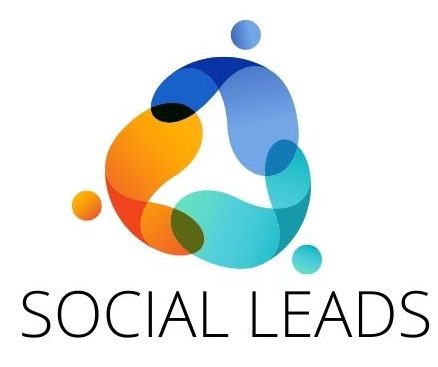In recent years, artificial intelligence (AI) has rapidly transformed the way we interact with digital media, creating innovative tools that enhance creativity and user experiences. One such innovation that has captivated the world is AI-powered face swapping technology. This tool allows users to seamlessly replace faces in images and videos, offering an engaging, fun, and often surprising result. But beyond just entertainment, ai face swapper holds significant potential across various fields including marketing, entertainment, and personal photography.
How AI Face Swapping Works
AI face swapping utilizes sophisticated algorithms, deep learning, and computer vision techniques to detect and map the facial features in an image or video. By understanding the structure, contours, and positioning of key facial landmarks, the AI can place a different face onto the original subject while ensuring that the new face matches the lighting, angle, and expression of the original. This process is made possible by large datasets that enable the AI model to understand human facial features in depth and make accurate alterations.
Once the AI recognizes the facial features, it merges the new face with the original image in a way that appears natural, eliminating signs of manipulation. The system uses techniques like generative adversarial networks (GANs), which involve two neural networks working together: one generates the altered images, while the other evaluates the quality and authenticity of the output, ensuring a flawless face swap.
Applications of AI Face Swapping
- Entertainment and Social Media: AI face swapping has taken the internet by storm, with many people sharing altered videos or photos for humor or creative expression. It allows users to place their faces on famous movie characters or even swap faces with friends in social media posts. This trend has sparked viral challenges and online memes, showcasing the versatility of face swapping in the digital age.
- Advertising and Marketing: AI face swapping has the potential to revolutionize the marketing industry by creating highly personalized advertisements. Marketers can leverage this technology to create campaigns where a consumer sees their own face in an advertisement, whether it’s modeling a product or starring in a video. This form of personalization can increase consumer engagement and lead to better conversion rates.
- Film and Media Production: In the film industry, AI face swapping can enhance the production process. It can be used for special effects, such as digitally replacing an actor’s face with a stunt double’s or creating realistic de-aging effects for actors. The cost and time savings in post-production are significant, and AI can help streamline the creative process.
- Privacy and Security: While face swapping technology is often used for fun, it also raises important questions regarding privacy and security. The ability to alter facial features convincingly could be misused in the creation of fake identities or deepfake content. Therefore, ensuring proper ethical use and robust detection systems will be essential as this technology evolves.
Challenges and Future Prospects
While AI face swapping technology has proven to be highly effective and versatile, challenges remain. The potential for misuse, such as creating deepfakes for malicious purposes, is a major concern. Developers are working towards creating robust detection tools to identify altered content, helping to mitigate risks associated with fake imagery.
Looking ahead, the future of AI face swapping is promising. As the technology continues to evolve, we can expect even more accurate and seamless face swapping, along with new applications in various industries. From virtual reality experiences to personalized content in education and healthcare, the possibilities are endless.
In conclusion, AI face swapping is more than just a digital novelty—it’s a powerful tool that is transforming the way we engage with digital media. While its potential for creative expression is vast, it also presents ethical challenges that need to be addressed. As we continue to explore the boundaries of AI, face swapping technology will undoubtedly play a central role in the future of digital interaction.
